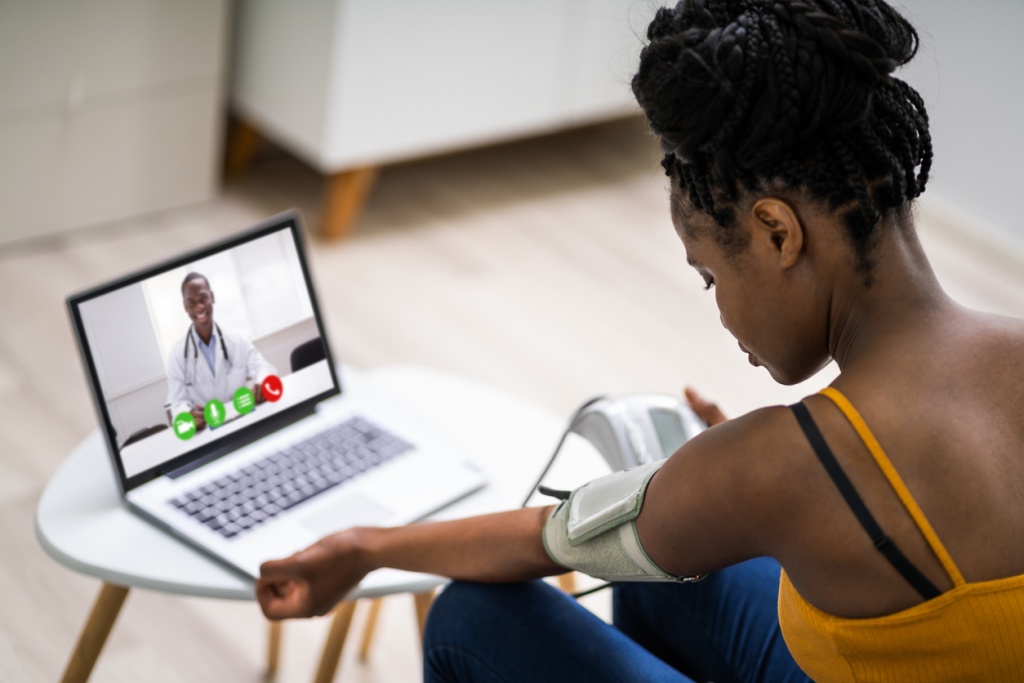Telehealth and EHR integrations

During the COVID-19 pandemic, the use of telehealth has increased significantly. Healthcare providers, including independent physicians, are taking advantage of the technology to be able to continue to provide quality care for their patients. Telehealth also enables providers to engage with patients, even when a face-to-face office visit may not be possible. Aiding in the transition to telehealth for independent providers is the integration of electronic health record (EHR) capabilities.
Research conducted in late April 2020 found that only 9 percent of the healthcare providers participating in the survey had interacted with their patients via telehealth before the onset of the pandemic. During the spring of 2020, when pandemic restrictions kept most people in the US at home, the use of telehealth rose to about 51 percent. Even after the pandemic ends, 21 percent of those physicians anticipate they will continue to provide care via telehealth, as an option when appropriate.
While some telehealth visits are conducted using telephone calls, most involve video conferencing. During the pandemic, a number of technologies have been shown to be useful in connecting patients and physicians for virtual visits. Often, those technologies are not integrated with the practice’s electronic health records (EHRs). This results in duplication of effort among the practice staff and possible loss of integrity in patient data.
When EHRs are integrated with the telehealth delivery method, the quality of care improves and the practice’s efficiency increases. The telehealth technology and the EHR technology work together, communicating through a bidirectional workflow that offers the patient and the provider more seamless opportunities to improve the healthcare outcomes.
A separate survey conducted in the fall of 2020 found that more than 80% of the providers participating said that telehealth had improved the timeliness of care for their patients and that the patients had reacted favorably to using virtual care. In addition, more than three-quarters said telehealth had enabled them to provide quality care and 60% said it had improved the health of their patients.
However, the survey also revealed a number of technology and workflow challenges in integrating EHRs and telehealth. Not being able to access telehealth technology directly through their electronic health records was cited as an issue for the healthcare providers. Many EHR providers do not currently have the capability to integrate telehealth technology, which can complicate the process of seeing patients and providing the highest quality care via telehealth.
Elation Health’s EHR solution now offers telehealth integration for the independent physician to be able to connect with patients safely and effectively during the pandemic and beyond. To learn how this integration can improve your virtual care delivery, book an EHR software demo. This feature ensures seamless care with EHR software integrations designed for modern healthcare. Elation Integrated Video enables you to easily add a virtual option to your existing in-person care model. Our integrated solution is HIPAA compliant and powered by Zoom so your practice can use one streamlined process for both your in-person visits and your virtual visits.
With Elation, you don’t have to implement a separate technology solution for telehealth. Elation users can schedule and launch integrated video visits in just a few easy steps, using the Elation calendar. Patients will receive video visit instructions automatically, along with an appointment reminder. Your staff will save time and your patients will enjoy a seamless telehealth experience as you continue to provide quality care during the COVID-19 pandemic and beyond.
